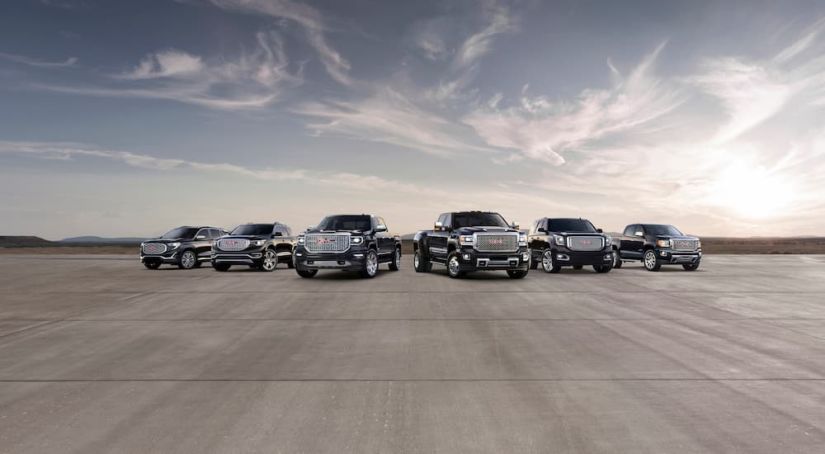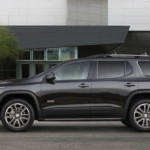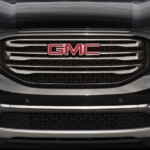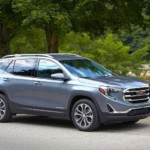General Motors has long been a standard in American business. Not just the automotive industry, but American business as a whole. They were the first company in history to make $10 billion in a single year, in 1955. They have sent their creative engineering genius to the moon, in the way of a lunar rover. They are the parent company of three of the most iconic brand names in all of the United States – Buick, Chevrolet and GMC.
However, the tastes of American drivers have changed rapidly, and it appears that General Motors was a little slow to recognize the shifts. That failure to see change is going to cost them dearly, but it is going to cost their workforce even more. The reasons for this are many and complex, but what we are going to look at is how General Motors is going to work itself around this, and how it affects its three major brands.
One reason that we can point to for the mini-catastrophe happening to General Motors is the fact that Americans are no longer looking at passenger cars in the astronomical numbers they once were. In generations past (and we mean) human generations, not car generations), the family sedan or station wagon was king. There were no mass-marketed SUVs and the pickup truck was a rural utility vehicle, for the most part. The minivan would come in the 1980s and put a small dent into the sedan market, but the family car still survived.
Then, the 1990s saw the boom of the Sport Utility Vehicle. These became popular among more upper-class demographics, so they didn’t truly impact the family car’s status, yet. Then, at some point around 2000, the family car took a deep drop in the overall market. Soon after, and without much warning, cars as passenger vehicles became less noticeable. Only time will tell us the exact moment and reason why this happened, but it probably had more to do with the proliferation of SUVs than cars.
One Rises, One Falls
Revisionist automobile designers and engineers like to use the term “crossover” to describe certain SUVs. This is fine and well, but at the end of the day, they are all still SUVs. A coupe, sedan, hatchback… they are all cars. However, these same designers have much more creative license when it comes to designing SUVs. They can come in many more shapes and sizes than cars can, despite the best efforts in the past (El Camino, anyone?).
If you take what was once considered a hatchback car, raise it a few inches, give it a broader back end and a sportier look, you basically have a new subcompact SUV. There is not much you can do to make a car into a new car. In today’s day and age, it is bigger and better or bust. So it goes with the SUV market.
SUVs are now more than 50% of the automotive world. That is not the least bit surprising when you consider the breadth of available options. Every major automaker has several different SUV models in their lineup. Some, like Jeep and GMC, do not even carry cars at all (In Jeep’s defense, no one will buy a sedan with a Jeep badge on it; in GMC’ s defense, they never have. They can leave that to Buick and Chevrolet).
Even pickup trucks have become more family oriented in recent years. A lot of that has to do with modern technology. These contemporary inventions have led to not only improved infotainment, but outstanding safety features. Pickup trucks, particularly the larger ones, are already among the safer vehicles in a collision, due to their sheer size. With the advent of driver assist features, such as Blind Spot Warning and Parking assist, these large vehicles become more manageable and even safer to have on the road.
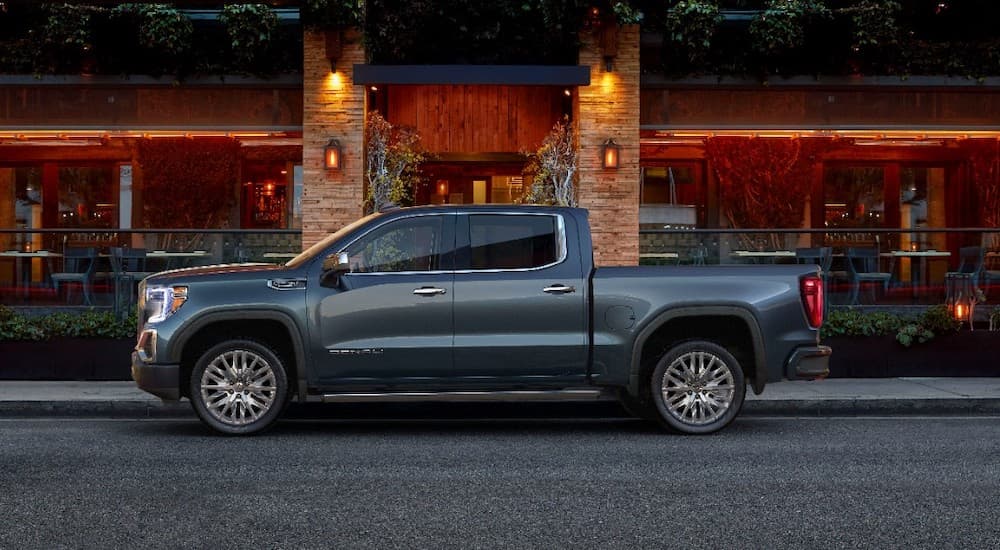
While these same driver assist features are also found on cars, the sedans and coupes that American families drove for human generation after human generation just cannot compete with the safety, size and utility of modern SUVs and pickup trucks. And General Motors failed to see that until it was too late.
A Parade of Sedans
GM announced in late 2018 that they were discontinuing the Buick LaCrosse, the Cadillac CT6, the Cadillac XTS, the Chevrolet Cruze, the Chevrolet Volt and the classic Chevy Impala. All of these are cars and all have sold well in their times and respective classes. In fact, the Chevy Impala holds a record that will likely never be broken. In 1965, the Chevrolet Impala sold more than one million units in the US. Given the plethora of vehicle options today, it would be highly unlikely that any given model year would produce a million-selling car, especially considering that the Ford F-Series, the best-selling vehicle annually, only ships off about 900,000 or fewer, and that is across eight different truck lines.
What GM’s announcement tells us is that, despite overwhelming market research to point towards growing disinterest in passenger vehicles, GM didn’t get the memo until it was too late. Rather than phase these vehicles out or try to revamp them, they are dropping more than a half dozen passenger vehicles (again, all of which are cars) into the recycle bin. That doesn’t mean that GM will never bring them back. The automotive world certainly has a precedent for that.
GM deserves credit for “taking bold action” but risks losing in the long run if consumers rediscover passenger cars, said Mike Ramsey, a transportation and mobility analyst for Gartner. “There’s no guarantee that it’s going to stay SUV, SUV, SUV, SUV,” Ramsey said. “There may be a big return to sedans. So it could be problematic for them.”
But, in the near future, it does mean that General Motors will be closing plants in Michigan, Ohio, Maryland and Canada, putting thousands of jobs at risk. The move is part of a corporate restructure and identity change, as it attempts to put all of its eggs in the technological future basket. They will take a page out of Elon Musk’s playbook and look at the viability of self-driving cars and fully electric vehicles. While the green movement is as strong as it has ever been, is it really necessary to dump half of your cars, while pumping even more money into R&D for their pickup trucks and SUVs?
A New Family Vehicle
It may be impossible to believe, but it looks as though the passenger car and classic family sedan from so many of our childhoods may not be around in a few generations. The concept of Sunday drives in the family sedan and the drive-in movie date now seem like an ancient, Norman Rockwell inspired dream.
Of course, this is not General Motors’ fault. They are only a supplier of the market, albeit a major one. The consumers are the ones who have the demand. General Motors only has the supply. However, Buick will still have the Regal, for now, at least. Chevy will still have the Malibu and the litany of trucks and SUVs that they make their living on. GMC, actually, will be the least affected by the GM shakeup, because, as we pointed out earlier, they have never even produced a car in the first place. So they have that going for them, which is nice.
